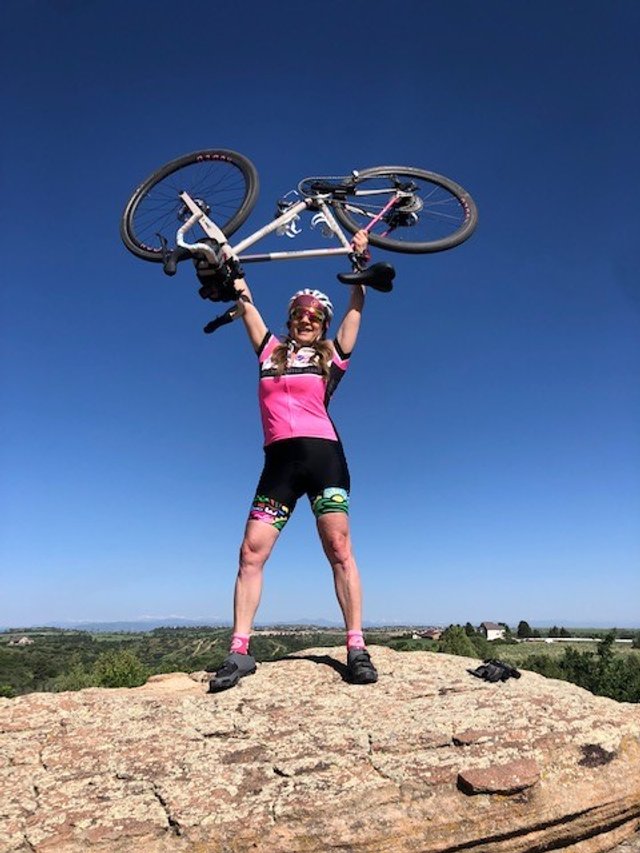All of us have something in common. Millions of Americans experience this, yet somehow, such a deep stigma exists as a culture, we generally avoid talking about it. On May 31st, Naomi Osaka withdrew from the French Open revealing she had been experiencing “bouts of depression.” Then this summer, at the Tokyo Olympics, Simone Biles withdrew from the Vault and Uneven Bars finals to focus on her mental health.
They had the world’s spotlight shining on them.
They had trained for years for this moment.
Millions of fans waited to watch them compete and see them hoist a trophy or a gold medal once again.
Instead, they used that spotlight to say something few world-famous athletes have ever dared to say out loud: I need to step away from this competition and focus on my mental health. Yes, all of us struggle with mental health issues but most of us are afraid to say it out loud.
2020 was a really bad year for most of us regarding mental health. 2021 isn’t shaping up to be that much better. So, what happens when the thing I’ve always used to “focus on my mental health” - riding bikes - is the last thing I want to do right now? I’m going to use this space to go ahead and unpack this for a minute.
I got my first road bike in 1979. It was a Huffy Contestant and it was way too big for me. I didn’t care and I made it work. I didn’t exactly have the most mentally stable home when I was a child. As a matter of fact, it was dysfunctional. There was a lot of love, but you probably could open the DSM-5 (Diagnostic and Statistical Manual of Mental Disorders) on a random page and you could find something that would apply to any member of my family. I quickly learned I could use my bike to escape. So, escape I did. I rode that thing everywhere in Los Angeles where I was born and raised. That continued when I moved to Boulder, Colorado for college. Ever since then, bikes have been an important part of my life – mostly casually for transportation, but also to escape a bad marriage, bad jobs, breakups, you name it. So then in 2020, the coronavirus pandemic struck and our world was turned upside down. Naturally, a whole heck of a lot of us got out there on our bikes. So did I. As a matter of fact, after my cat died, then I weathered a devastating breakup, and some other awful things happened to me during the lock down, I decided enough is enough and it was time for me to make my mental health my number one priority. So, I went to my job as paralegal at a fancy Cherry Creek law firm, walked straight into my boss’s office and quit my job. Focusing on my mental health was going to be my new job. I rode my bike every weekday for 2 months. As a result, I had never felt better in my life. I started a new job that I absolutely love that literally fell into my lap in December 2020, but since sometime in September of this year, I just stopped riding my bike. I just couldn’t do it and I was beating myself up because of it. Why??? What was going on with me?
I can think of a million reasons that I could discuss here ad nausem and none of them really matter. For a while, I felt guilty about every single one of them. I felt guilty about neglecting my bikes, not getting all the miles in, FOMO, missed my riding partner/ex boyfriend, et cetera, et cetera. Here’s where I landed: I needed to give myself a break. It’s not a competition! My bikes got me through the really difficult times, and they will be there for me again when I’m ready. Mental health is such a mysterious and fragile thing and I’m finally figuring out how to observe and honor it. For now, I’m taking a break from riding AND IT’S PERFECTLY OK. I feel much better after I gave myself permission to not worry about it. I know that one day soon, I’m going to look over at Stella and Sidra (my bikes) and say “let’s go” and it’s going to feel amazing.
Most of us can’t just quit our jobs to ride bikes or do whatever it is that makes us happy. I was fortunate to be able to do that. The point is that we have got to listen to ourselves and normalize taking care of our mental health and talking about it. Whatever that means for each of us as individuals, do whatever it takes to make it happen. Set up your life to accommodate that, and if you don’t know how, ask for help. If you don’t know where to start, hit me up. I would be happy to get you started. Until then, enjoy the ride 😊






















